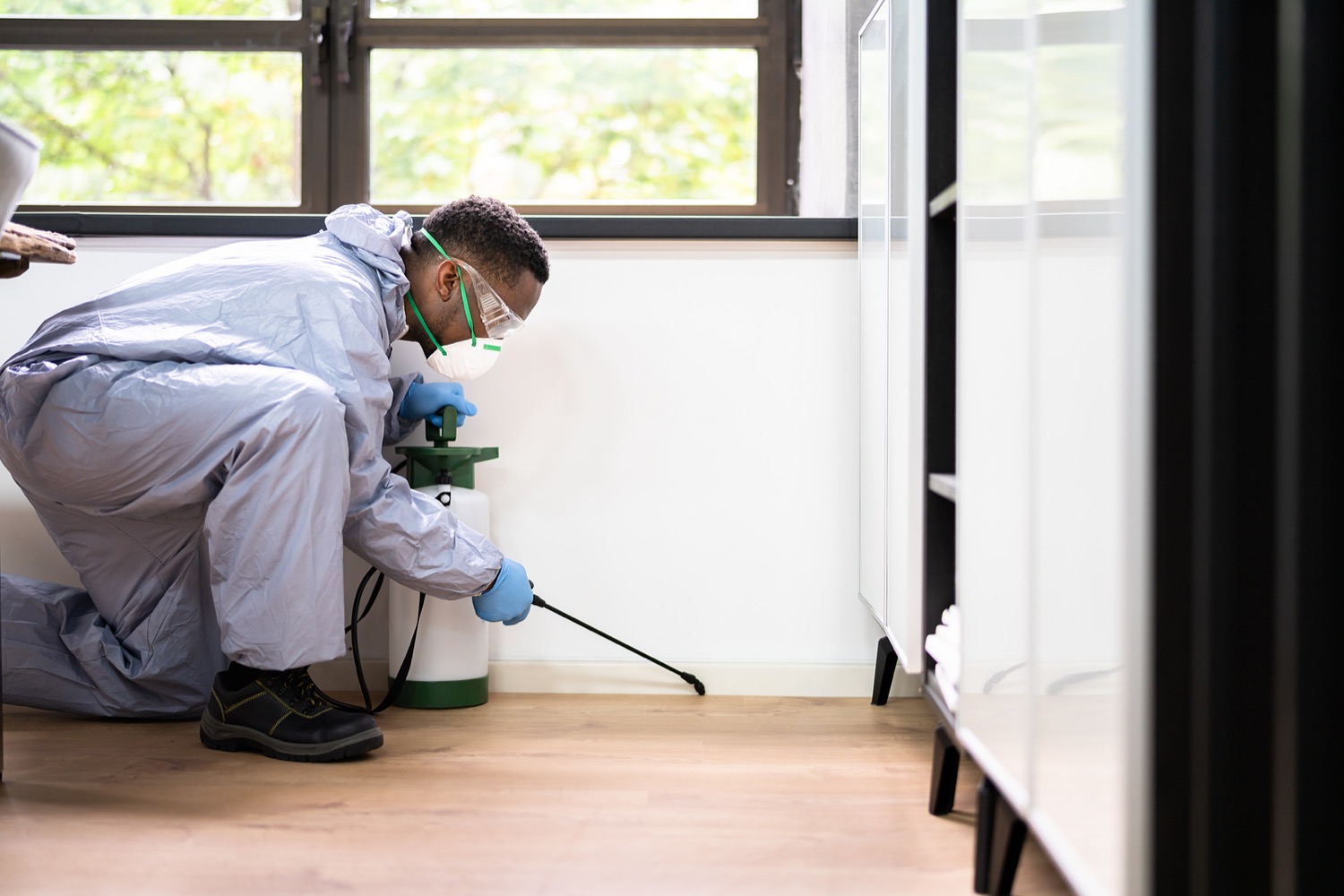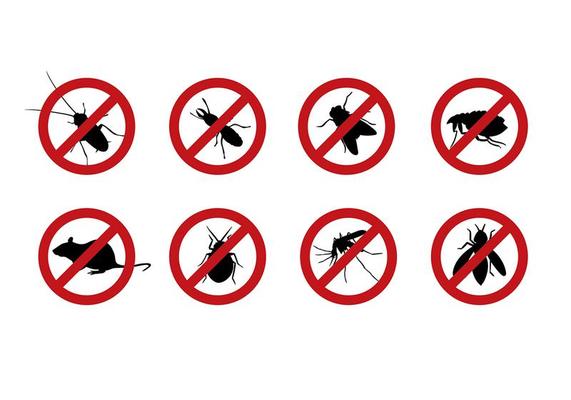Bed Pest Treatment Breakdown: Contrasting Chemical Vs. Non-Chemical Solutions
In the realm of parasite control, especially when dealing with the relentless concern of bed insects, the option in between chemical and non-chemical treatment remedies can be a pivotal one. Both approaches use distinctive advantages and drawbacks, influencing factors such as performance, safety and security considerations, and overall expense. By checking out the nuanced details of each technique, a more clear understanding of which path to go after in resolving a bed bug problem can be acquired.
Efficiency of Chemical Therapies
Chemical treatments for bed pest invasions have actually been commonly identified for their fast and powerful effectiveness in removing these parasites. When thinking about the performance of chemical treatments, it is critical to comprehend that they can supply a extensive and fast option to a bed bug issue. Expert exterminators often count on pesticides to target bed insects at numerous stages of their life cycle, consisting of eggs, fairies, and grownups. These chemicals commonly function by interrupting the bed insects' nerves, resulting in paralysis and eventual fatality.
Furthermore, chemical therapies have the advantage of supplying residual results, indicating that they can remain to get rid of bed bugs also after the initial application. This recurring action is particularly valuable in combating any type of potential re-infestations. In addition, the fast action of chemical therapies can bring alleviation to people encountering severe bed insect invasions, enabling them to restore control of their living rooms rapidly.
Safety Worry About Chemical Solutions
When using chemical services for bed bug therapy is making certain the security of residents and the atmosphere,One crucial aspect that needs careful consideration. While chemical treatments can be effective in eradicating bed bugs, they might posture threats otherwise taken care of properly. Among the key safety interest in chemical options is the possible harm they can trigger to human health and wellness. Direct exposure to particular chemicals used in bed pest treatments can bring about respiratory concerns, skin irritability, or various other adverse responses, specifically in individuals with pre-existing problems or level of sensitivities. Additionally, inappropriate application or dose of chemical pesticides can lead to poisonous residues remaining in the treated area, positioning lasting health and wellness risks to occupants.
In addition, the environmental influence of chemical services is an additional significant consideration. Some chemicals used in bed bug therapies may be harmful to helpful insects, wild animals, and ecosystems if they seep right into the soil or water supply. It is important to utilize chemical treatments carefully, following safety and security guidelines, and considering much less toxic options to minimize these risks and make sure the safe and efficient monitoring of bed bug invasions.
Advantages of Non-Chemical Strategies
Taking into consideration the possible safety and security problems and environmental impact associated with chemical options for bed insect therapy, discovering non-chemical techniques presents an encouraging choice with a number of distinct benefits. Non-chemical techniques use a much safer alternative for houses, especially those with kids, people, or pet dogs delicate to find more info rough chemicals. These approaches eliminate the dangers of direct exposure to poisonous compounds, reducing the capacity for negative wellness impacts. Moreover, non-chemical treatments are eco-friendly, as they do not add to air or water contamination, making them a sustainable choice for parasite control.
In addition, non-chemical remedies can be efficient in targeting bed insects, including hard-to-reach areas where Get More Information chemical therapies may not permeate - A1 exterminator charlotte nc. Approaches such as heat therapy, vacuuming, steam cleansing, and bed mattress coverings supply thorough removal without the usage of damaging chemicals.
Limitations of Non-Chemical Treatments

Furthermore, non-chemical therapies typically call for multiple applications to accomplish effective eradication. This can be taxing and might not always ensure full elimination of all bed insects my company and their eggs, specifically in concealed or hard-to-reach locations.
Furthermore, the success of non-chemical treatments greatly counts on proper application and thoroughness, which can be testing for people without professional expertise. Inadequate application of non-chemical techniques might cause insufficient eradication, causing relentless infestations and the requirement for added therapies.
As a result, while non-chemical therapies have their advantages, it is vital to recognize these limitations and consider them when identifying one of the most reliable technique for managing bed bug problems.
Cost Comparison: Chemical Vs. Non-Chemical Options
Offered the restrictions linked with non-chemical therapies, a vital element to examine in the context of bed insect monitoring is the cost contrast in between chemical and non-chemical choices. Chemical treatments normally entail the application of pesticides by experts, which can range from $250 to $900 per room, depending on the severity of the infestation and the size of the area to be treated. In comparison, non-chemical therapies like heat treatment or vapor can be much more costly, with expenses varying from $1,000 to $6,000 for an entire home. While the initial expense of chemical therapies might appear lower, multiple therapies may be called for to totally remove the invasion, potentially increasing the total price. On the various other hand, non-chemical alternatives might offer an extra environmentally friendly and sustainable option, although they can be cost-prohibitive for some individuals. Inevitably, when taking into consideration the cost of bed pest treatment options, it is crucial to evaluate the ahead of time expenses versus the effectiveness and lasting sustainability of the chosen approach.
Conclusion

Considering the prospective safety and security problems and environmental effect connected with chemical options for bed bug treatment, checking out non-chemical strategies presents an appealing alternative with a number of unique benefits.Given the constraints linked with non-chemical treatments, a necessary aspect to assess in the context of bed insect administration is the price comparison between chemical and non-chemical alternatives. In contrast, non-chemical therapies like heat treatment or steam can be more expensive, with costs ranging from $1,000 to $6,000 for an entire home. While the first price of chemical treatments may seem reduced, several therapies might be needed to fully remove the invasion, potentially boosting the total expense.In conclusion, when comparing chemical and non-chemical bed insect therapy options, it is important to consider effectiveness, safety, advantages, limitations, and price.